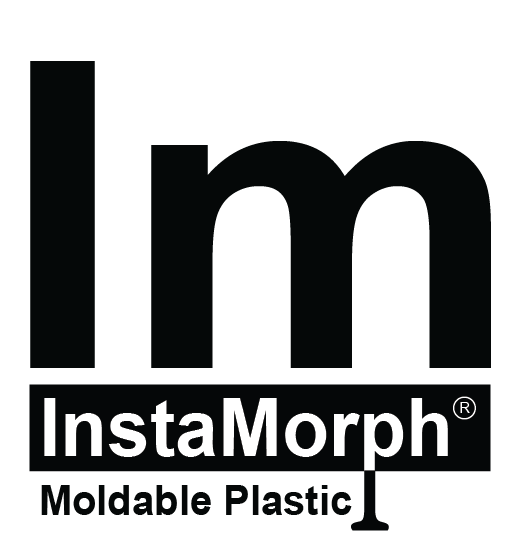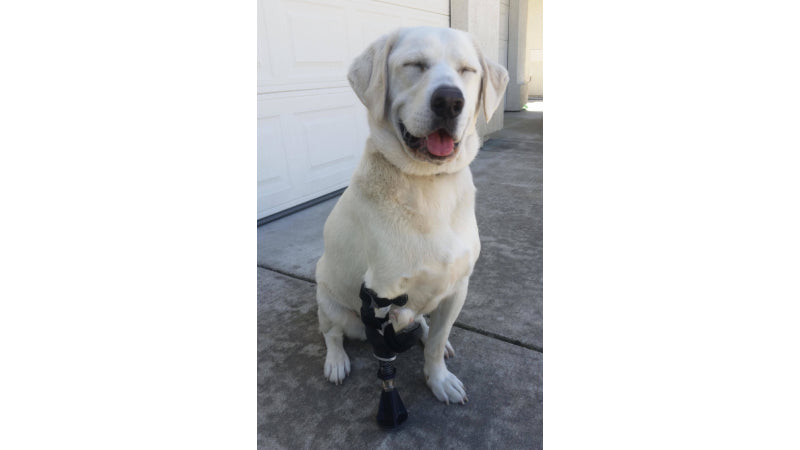Eric is part of a group of Senior Mechanical Engineering students at the University of the Pacific. For his senior design project, they designed and developed a prosthetic leg for a group member’s dog.
“Instamorph moldable plastic was used to create a model of our dog Pogo’s leg. We had tried using a plaster cast beforehand but the shape would not hold properly and it wasn’t giving us the results we wanted. We were able to wrap Instamorph around Pogo’s stub to create an ideal model. From there, we utilized a 3D scanner to generate a CAD file where we were then able to edit and 3D print a leg attachment that would fit perfectly around his leg!"
Here’s a quick summary of their project:
“The purpose of this project is to design and fabricate a prosthetic leg that does not require amputation to fit a group member’s dog. The dog, Pogo, was born with a deformed front leg, caused by leg development against the side of the womb. The importance of this project is driven by a desire to improve Pogo’s quality of life. Over time, Pogo’s deformity will lead to joint damage and strained muscles without the aid of a prosthetic limb. To fit a traditional prosthetic, partial amputation would be required.By amputating the limb, a better base of attachment is created. However, the costs of amputation may not be economical for every family. Amputation costs range from $2-3000, and a traditional prosthetic ranges from $600-1500. Pogo’s prosthetic limb is designed to meet a set of objectives, including: safe and secure attachment, daily use not requiring major adjustment, comfort and support for running, jumping, walking, and laying down, and costing less than a traditional prosthetic requiring amputation. To meet the objectives, a prosthetic limb was created using 3D printing and incorporating a spring/damper system to provide force damping and comfort. The successful completion of the stated objectives depends on Pogo’s adaptation and comfort in using the prosthetic and whether the prosthetic met strength and cost requirements. To date, Pogo has made made progress walking and running using the full assembly. Pogo does not bite or attempt to remove the leg attachment component, indicating comfort. However, full rehabilitation of leg strength and ability to wear the prosthetic for extended use remains to be seen as Pogo’s leg continues to build strength. The prosthetic costs less than $120 to produce and meets all durability requirements.”
In the photos you can see an image of the mold they created, as well as an image of Pogo happily using his leg. It was a perfect fit from the ability to 3D scan InstaMorph mold!
#prothetic #ergonomics #mobility #pets #dogs



